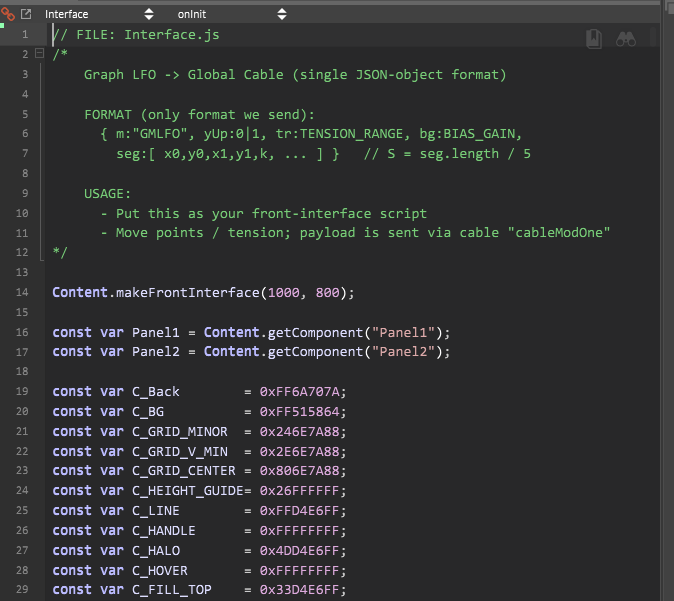It completely depends on quality, and how long you want development to take.
The EQ + megaphone + Delay stuff can be commissioned cheaply (I myself would do it cheaply anyway), Autotune and Reverb are the heavyweight tasks. You can expect it to cost around a thousand each for those two pieces of dsp.
The absolute cheapest path would probably be around a thousand?
That's really pushing it though. This would be if you were willing to use the stock Hise EQ, stock hise convolver for megaphone effect, stock hise reverb, stock delay, and have the autotune be the main piece of custom commissioned dsp.
However, that's just dsp costs.
There are potentially (but not necessarily) more costs than just dsp, for a project like this.
For example, if you don't want your project to be GPL open source licence you'll need to pay the Hise and Juce liscence fee costs.
There is also the matter of creating your GUI and Installer, and getting a codesigning liscence for Mac and Windows / any other platform you plan to release on (codesigning makes it so that your software won't get immediately flagged or blocked by default security / antivirus software).
Developing a piece of software is a step up from making presets, you should be prepared for the trouble involved! That being said, it is possible, and a dsp engineer will be able to make custom dsp to match your patcher preset, that part is completely possible, it's just down to cost and time!

